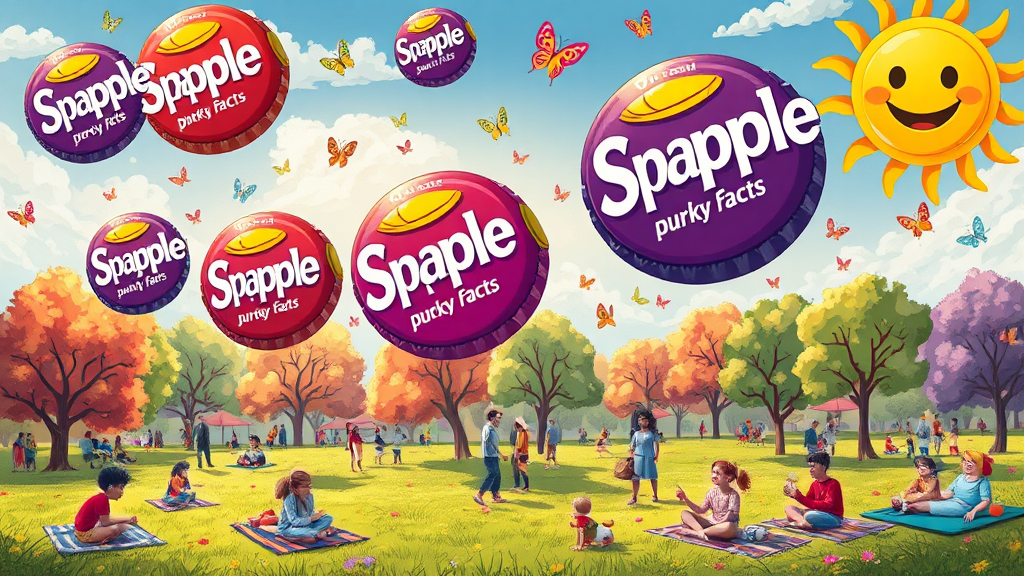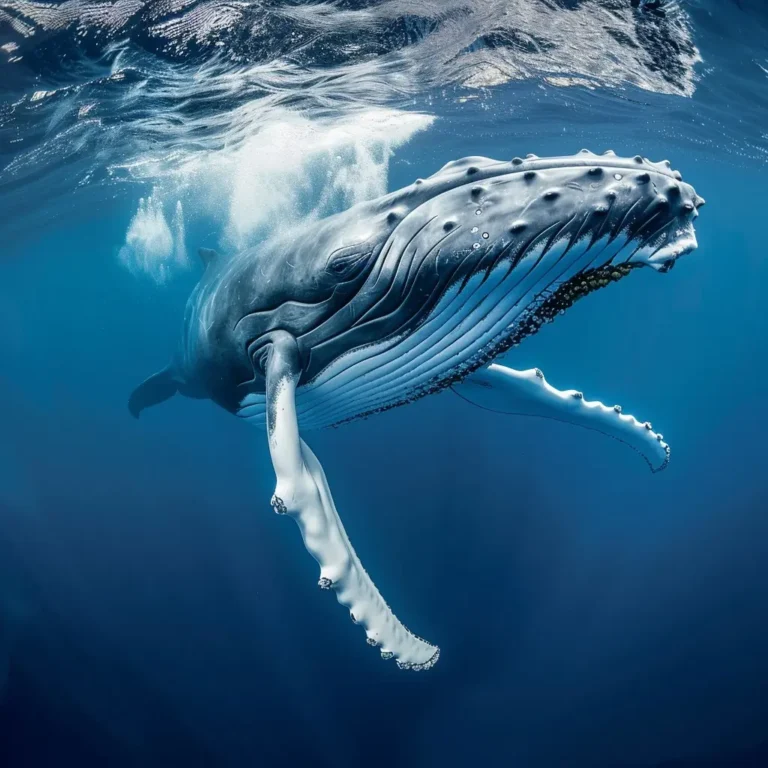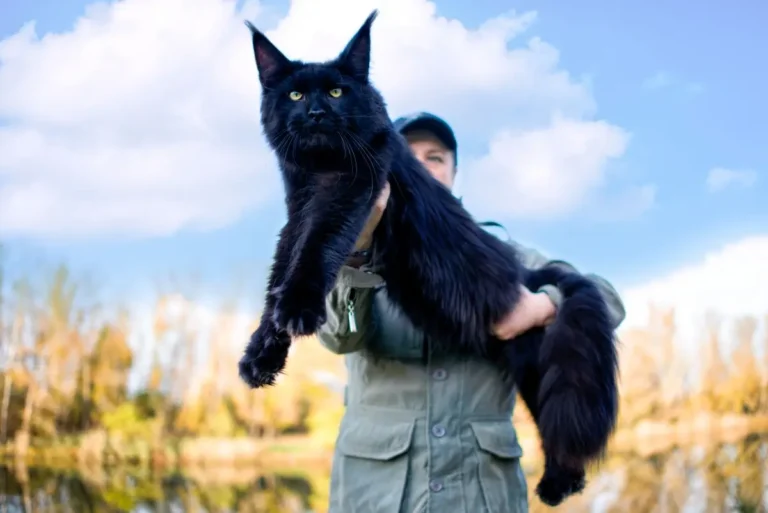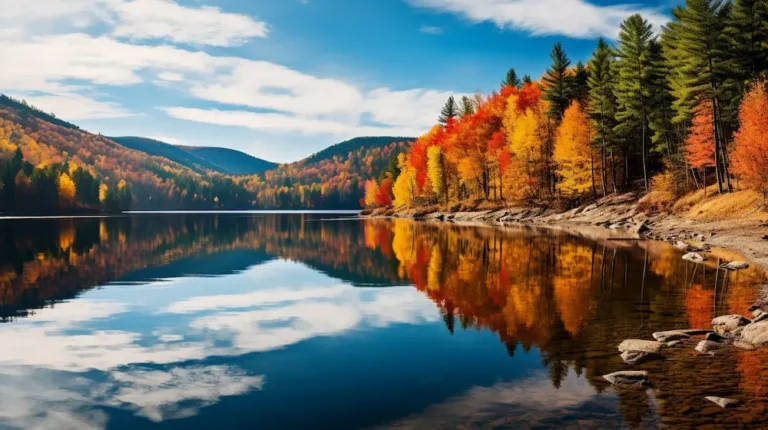Snapple Facts: Dive Into the Quirky World of Fun Facts You’re Sure to Love!
Snapple facts have taken our cultural landscape by storm, finding their way into trivia games, social media posts, and casual conversations alike. These quirky nuggets of information can make you the star of any gathering or simply add a dash of fun to your day. Did you know that Snapple’s iconic drink caps have been home to some of the strangest yet fascinating tidbits? Remember flipping these caps and learning something new every time? Whether it’s about animals, food, or fun historical figures, Snapple facts serve as delightful conversation starters. In this article, we will dive deep into this unique collection of trivia. Get ready to be amazed by 100 Snapple facts that showcase the weird and wonderful aspects of our world. By the end, you’ll be equipped to impress friends and family with your newfound knowledge!
The Origin of Snapple Facts
Snapple facts originated with the Snapple beverage company in the 1980s, bringing unique tidbits of trivia to each drink cap. The idea was simple: provide customers with entertaining snippets of information that would not only pique interest but also cultivate a sense of community and fun around the brand. Over the years, these quirky facts have become a cultural phenomenon in their own right. They’ve been integral in shaping Snapple’s identity and positioning as a playful, youthful brand.
As the company expanded its range of flavors, it also broadened the category of facts. From astonishing animal trivia to unbelievable human achievements, Snapple facts could encompass nearly any topic. This creativity in facts representation serves to keep consumers engaged with the brand while adding a little extra enjoyment to every sip.
Why People Adore Snapple Facts
There’s something undeniably captivating about trivia that makes it an integral part of our conversations. You might find a random fact popping up in the conversation when you least expect it, and suddenly, you’re the life of the party. Not only do Snapple facts entertain, but they also allow people to connect over shared interests. They create an opportunity for dialogues about science, history, and even whimsical topics.
Moreover, people enjoy learning through Snapple facts because they are straightforward and fun. Here are a few reasons why they resonate so much with people:
- They are concise and easy to remember, making them ideal for casual conversation.
- Each cap becomes a delightful surprise, encouraging curiosity and anticipation.
- They promote light-hearted interaction, often leading to laughter and storytelling.
Top 100 Fascinating Snapple Facts
Let’s get into the heart of the matter! Below is a curated list of 100 Snapple facts that polarize between bizarre, educational, and just downright interesting:
- The average person walks the equivalent of five times around the world in their lifetime.
- Honey never spoils; archaeologists have found pots of honey in ancient Egyptian tombs that are over 3000 years old and still edible.
- A group of flamingos is called a “flamboyance.”
- The inventor of the frisbee was turned into a frisbee after he died.
- There are more stars in the universe than grains of sand on all the beaches on Earth.
- The longest place name in the world is 85 letters long: Taumatawhakatangihangakoauauotamateaturipukakapikimaungahoronukupokaiwhenuakitanatahu, a hill in New Zealand.
- Bananas are berries, but strawberries are not.
- Octopuses have three hearts and blue blood.
- Wombat poop is cube-shaped.
- Potatoes were the first food grown in space.
- The unicorn is the national animal of Scotland.
- Peanuts are not nuts; they are legumes.
- Scotland is home to the only lake in the world that has a monster, known as Loch Ness.
- The average cloud weighs about 1.1 million pounds.
- There are more possible iterations of a game of chess than there are atoms in the known universe.
- Koalas have fingerprints that are very similar to human fingerprints, so much so they can confuse crime scene investigators.
- People used to think that eating tomatoes was poisonous because they are in the nightshade family.
- It is possible to hear a blue whale’s heartbeat from over two miles away.
- Cows have best friends and can become stressed when separated from them.
- The world’s smallest reptile was discovered in Madagascar in 2021, measuring just 13.5 mm in length.
- Firefighters use wetting agents to make water wetter, enabling it to penetrate fire more effectively.
- Seahorses are the only species in which the male carries the young.
- A jiffy is an actual unit of time: 1/100th of a second.
- There’s a species of jellyfish that is biologically immortal.
- Avocados are toxic to birds.
- Cats have a specialized collarbone that allows them to always land on their feet.
- A day on Venus is longer than a year on Venus.
- Some cats are allergic to humans.
- More than 50% of the people in the world have never made or received a telephone call.
- Ostriches have the largest eyes of any land animal.
- The heart of a shrimp is located in its head.
- It takes eight minutes and 20 seconds for sunlight to travel from the sun to the earth.
- Sharks are older than trees, having existed for around 400 million years.
- Sloths can hold their breath longer than dolphins can.
- Humans share 50% of their DNA with bananas.
- Russia has a larger surface area than Pluto.
- If you save a seat for a person, everyone will think he is an important person.
- An octopus has nine brains, with one in its head and one in each arm.
- Most of the dust in your home is made from dead skin cells.
- Some mushrooms can glow in the dark.
- A small child could swim through the veins of a blue whale.
- Lake Superior is so big that it could hold all the water in the other Great Lakes combined.
- It’s illegal to own just one guinea pig in Switzerland because they get lonely.
- Camels have three eyelids to protect their eyes from sand.
- The name “Wendy” was made up for the book “Peter Pan.” There was never a recorded Wendy before that.
- There’s a basketball court on the top floor of the U.S. Supreme Court building.
- The world’s largest desert is Antarctica.
- In Switzerland, it’s illegal to take a selfie with a cow.
- On average, a single person is estimated to swallow about 8 spider webs while sleeping in their lifetime.
- A day on Mercury lasts approximately 59 Earth days.
- Pigs can get sunburned just like humans.
- That one red M&M is made using Carmine, a dye created from cochineal bugs.
- Eagles can detect prey from one mile away.
- Florida is home to the largest subtropical wilderness in the U.S., the Everglades.
- A snail can sleep for three years.
- Butterflies taste with their feet.
- There’s a species of ant that can explain the concept of “war” to other ants.
- Cats can make over 100 different sounds.
- In Japan, there are more than 25,000 vending machines that sell everything from hot meals to clothing.
- A bolt of lightning can travel from the heavens at a speed of 220,000 miles per hour.
- Horses and cows sleep while standing up.
- The average person produces about 25,000 quarts of saliva in their lifetime, enough to fill two swimming pools.
- The fingerprints of a koala are so similar to humans that they can taint crime scenes.
- Coca-Cola was originally green.
- Mice have been known to survive without their heads for several weeks.
- The shortest war in history lasted only 38 minutes.
- A day on Earth is actually longer than a day on Mars.
- In Venice, Italy, it is illegal to feed pigeons.
- Butterflies can see ultraviolet light.
- The average person laughs about 15 times a day.
- Starfish can regenerate lost arms and can survive with only one arm.
- A group of jellyfish is called a smack.
- Sand dunes can produce sounds called “singing dunes” when shifted by the wind.
- The world record for the longest hiccuping fit is 68 years.
- The Eiffel Tower can be 15 cm taller during the summer due to thermal expansion.
- The longest recorded flight of a chicken is 13 seconds.
- Polar bear skin is black, and their fur is actually transparent.
- Hummingbirds are the only birds that can fly backwards.
- A group of owls is called a parliament.
- It would take about 1000 years to consume a single slice of pizza if you could only eat one bite per month.
- In Iceland, you can’t own a pet snake, lizard, or turtle.
- Bubble wrap was originally designed to be wallpaper.
- Dogs’ sense of smell is about 40 times better than humans.
- A chameleon can change color based on its mood, temperature, and environment.
- The heart of a blue whale is so massive that a human can swim through its arteries.
- A cat can’t taste sweet things.
- It has been scientifically proven that pizza is healthier than a salad.
- Ancient Egyptians built pyramids as tombs for their pharaohs.
This collection of 100 fascinating Snapple facts showcases the amazing wonders of our planet and the unique attributes of various species and items!
How Snapple Facts Enhance Your Everyday Conversations
Imagine sitting around with a group of friends, and someone mentions a fun fact over a meal. Suddenly, every face lights up with delight, engaged in surprise and laughter. Snapple facts hold the key to boosting daily conversations. This casual way of sharing information sparks further discussions. The beauty of these facts lies in their simplicity and relevance.
For anyone feeling socially shy, Snapple facts offer an approachable way to break the ice. They naturally evoke curiosity, opening doors to deeper conversations. Perhaps it was the curious affair with the “biologically immortal jellyfish” that struck you as unusual, leading to a discussion about our planet’s biodiversity or conservation efforts. Or maybe the trivia about flamingos intrigued you enough to explore animal habitats.
Using Snapple Facts for Educational Purposes
While Snapple facts are playful and entertaining, they can also serve educational purposes. Many teachers appreciate using such trivia to engage students in science and history lessons. By transforming boring lessons into fun fact sessions, students are more likely to remember information that excites them. Imagine learning about evolution and genetics through koalas’ fingerprints or soil conservation from discussing the ancient Egyptian food preservation using honey.
Parents can also utilize Snapple facts to make learning a fun family activity. The next time you’re commuting, throw out a few Snapple facts and see which catches the kids’ attention. Encourage them to share their own trivia or facts they’ve learned. Not only does this promote a learning environment, but it also fosters bonding time with your children.
Conclusion
In the whimsical realm of Snapple facts, we uncover fascinating insights that leave us intrigued, entertained, and eager to share. Whether through personal interaction or educational settings, Snapple facts play a remarkable role in enriching our conversations. As you dive into the curious world of trivia, never shy away from sharing what you’ve learned. After all, knowledge is only as valuable as the connections it creates.
So the next time you open a refreshing bottle of Snapple, remember that you hold more than just a drink; you possess a treasure trove of delightful facts. Keep flipping those caps and gather knowledge to impress your friends and family!
FAQ
What are Snapple facts?
Snapple facts are fun and quirky trivia that appear under the caps of Snapple beverage bottles, covering a wide range of topics from animals and history to science.
How many Snapple facts are there?
There have been thousands of Snapple facts shared over the years, with many still being generated as the company expands its range of flavors and themes.
Can I use Snapple facts in educational settings?
Absolutely! Many teachers use Snapple facts to engage students and make learning fun, transforming mundane lessons into fascinating discussions.
Why are Snapple facts so popular?
Snapple facts are popular because they are easy to remember, promote interaction, and provide light-hearted entertainment that can spark curiosity and conversation.
Where can I find more Snapple facts?
You can find more Snapple facts on the official Snapple website or through various trivia websites that curate lists of fun facts for educational or entertainment purposes.
So, are you ready to flip the cap on your knowledge and dive into the wonderful world of Snapple facts? I bet you have some favorite trivia of your own! Feel free to share your thoughts or experiences in the comments below!






